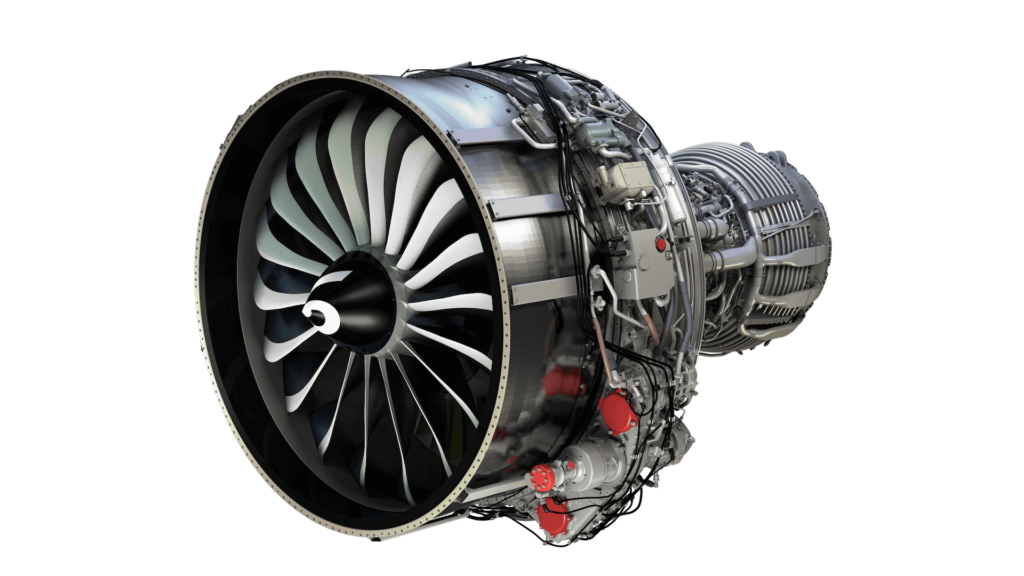
GE’s Aerospace division experiences significant commercial success following Air India’s historic order for 800 of the CFM LEAP engine, although supply chain obstacles persist. (Photo: CFM International)
Buoyed by Air India’s massive order placed in February for 800 CFM LEAP engines, the most ever for the narrowbody engine, GE Aerospace has “tremendous commercial momentum,” though it continues to face supply chain headwinds, according to General Electric Chairman and CEO Lawrence Culp.
The LEAP engine is produced by GE Aerospace in conjunction with Safran Aircraft Engines under the 50/50 CFM International joint venture. Air India will use the engines to power 210 Airbus A320/A321neo aircraft and 190 Boeing 737 MAX aircraft. Overall, the order book for the LEAP stands at more than 10,000 engines and GE/CFM plans to deliver 1,700 units this year.
But GE is facing the same supply chain bottlenecks as other aerospace manufacturers, even taking the step of sending machinists to supplier plants to help speed up the LEAP manufacturing process.
“We are making progress,” Culp said during an April 25 earnings call with analysts. “I think if you look at supplier on-time delivery, as one example, and if you look at material inputs being another, just our ability to hit our targets on a weekly basis internally, I see signs of progress.”
However, he cautioned that the supply chain remains strained. “It’s still challenging,” Culp said. “I don’t want to, in any way, suggest otherwise. But I’m encouraged by what we’re doing.” He cited “management intensity and discipline” on the LEAP program as a sign the company is taking the LEAP ramp up very seriously.
Culp said GE Aerospace has to keep up with the commercial aviation recovery from the COVID-19-related downturn in flying, “as the world is eager to travel.” He noted that airline departures of aircraft equipped with GE and CFM engines are “currently at 97% of ’19 levels, and we still expect to be back to ’19 levels later this year.”
GE Aerospace’s commercial engine deliveries were up 40% year-over-year in the first quarter, with LEAP deliveries up 50%. The LEAP engine is “the platform that garners the largest portion of our attention today,” Culp said.
“Again, we’re in the midst of an incredible ramp” on the LEAP, he added. “There are a whole host of things that will benefit us from that volume.”
The LEAP program was launched at the 2008 Farnborough Airshow but has not yet achieved profitability given high development and production costs. “We still need to get LEAP, both from a new unit and from a services perspective, to profitability,” Culp said. “That is a mid-decade task for us here in the near term. I think we’re making good progress in that regard. But there’s no reason we shouldn’t have that level of expectation or that you should have that level of expectation over time with the LEAP.”
Towards the end of last year, FADEC Alliance announced that it will develop the electronic control system for CFM International’s demonstrator engine. FADEC Alliance is a joint venture that includes GE Aerospace, BAE Systems, and Safran Electronics & Defense.